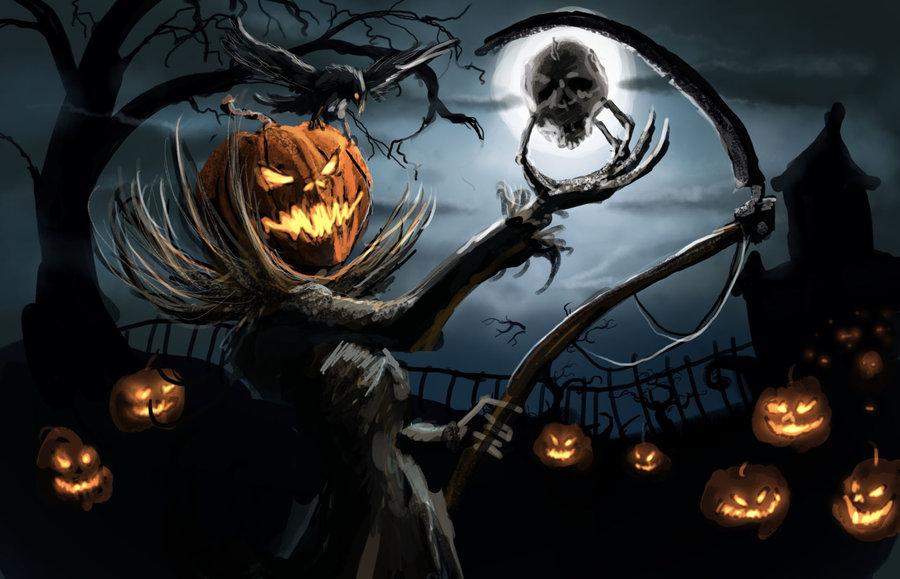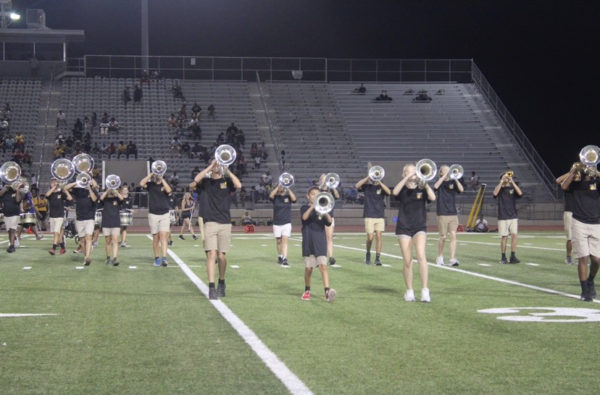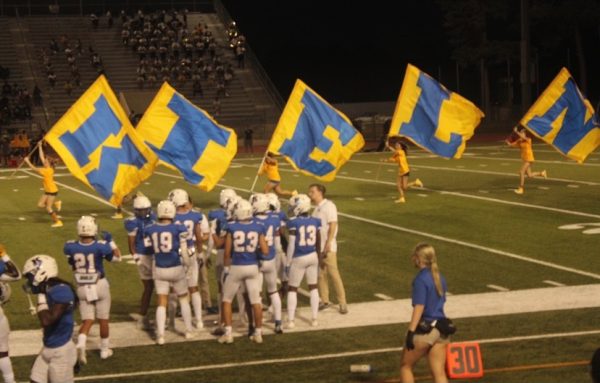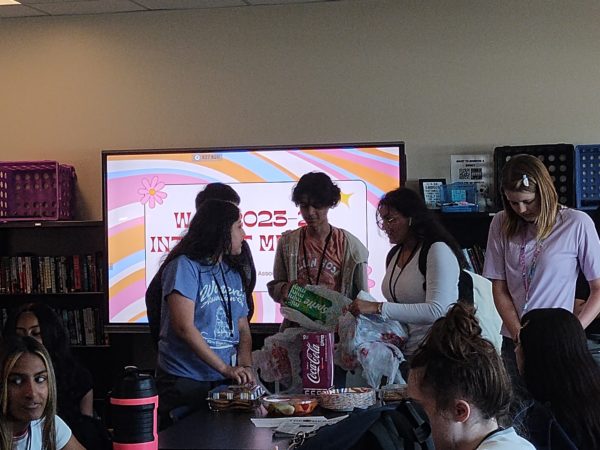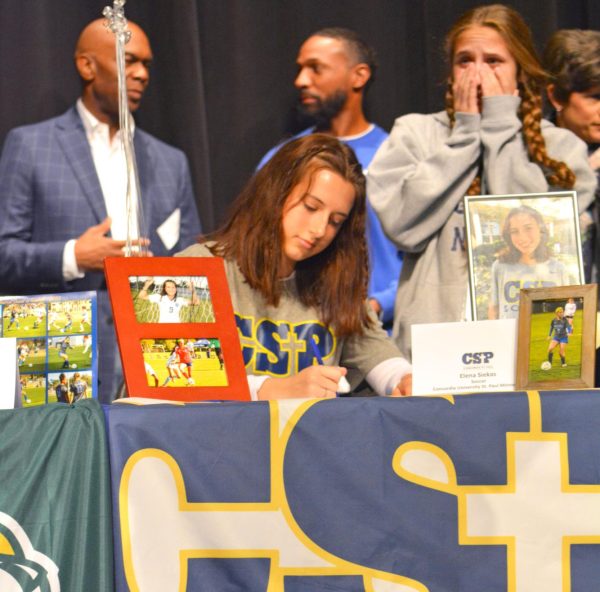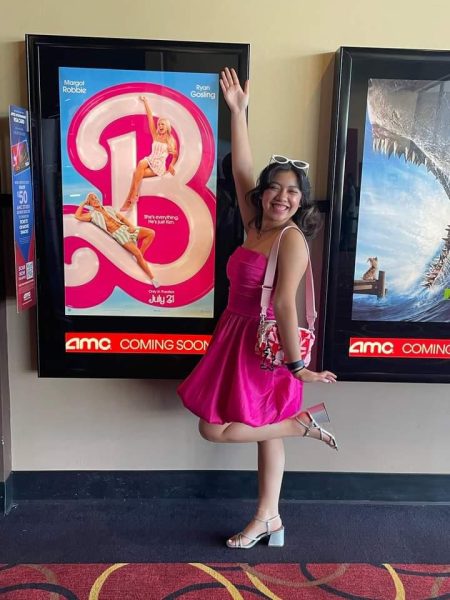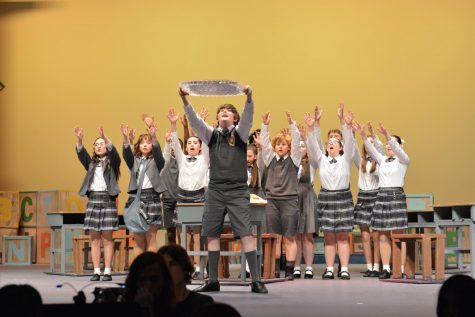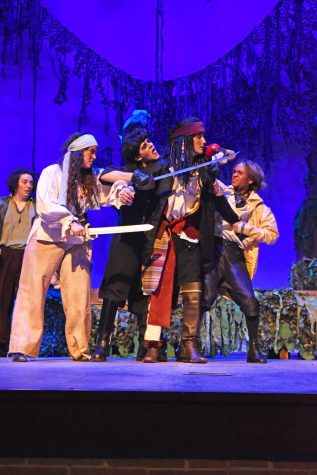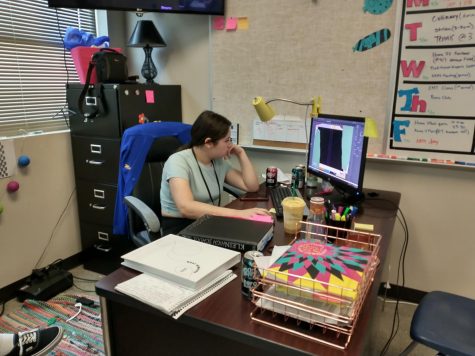Halloween: Origins and Customs
Who doesn’t like celebrating Halloween? This fall holiday is all about tricks and treats, pumpkins and pranks. No matter their age, people like to do something for Halloween. But what’s behind the costumes and candy?
“Halloween is a way for people to express themselves in ways that they can’t the rest of the year,” said junior John Nguyen.
Halloween comes from the Celtic festival of Samhain, which celebrated the transition from fall to winter. It was believed that, during this seasonal change, the border between this world and the spirit world. Since a person was in danger of an attack by spirits, they would wear masks when they left the house in an attempt to fool the spirits. When the Celtic people converted to Catholicism, the celebration was replaced by All Saints Day and All Souls Day, two very similar holidays.
Beginning in 20th century America, Halloween became a celebration of community. There were parades, public parties, and, of course, costumes. Around 1950, a trend developed where young people vandalized the community and pulled extreme public pranks. However, once communities revived the tradition of trick-or-treating, the amount of vandalism and pranks significantly decreased.
“Well, I’ve never done a prank, but I have had one done to me,” said senior Katie Murphy. “My brothers and I went up to a house a couple years ago, and there was a man dressed as a scarecrow sitting at the steps. He stayed still until we got up to get the candy, and he scared us so bad! It was awful.”
Americans spend approximately $6 billion on Halloween-related items each year. According to the Fiscal Times, Halloween is one of the largest commercial holidays, second only to Christmas.
“It doesn’t surprise me,” said Nguyen. “I mean, people have to buy costumes, candy, and other stuff.”
As it is, American children are largely influenced by Halloween celebrations. About 120 million people dress up for Halloween every year. It is a time for children to become something out of the ordinary.
“It’s about being silly,” said two-year-old Joshua Mullener.
On the other hand, it’s also a time that children can be influenced to believe that more is better: whoever has the most candy or most elaborate costume is better than other people. This is generally an unhealthy mindset for children and adults alike.
“There is nothing funny about Halloween,” said French philosophy professor Jean Baudrillard. “This sarcastic festival reflects, rather, an infernal demand for revenge by children on the adult world.”
“Something positive about Halloween is getting to somewhat be someone or something else other than yourself for the day,” said Murphy.


